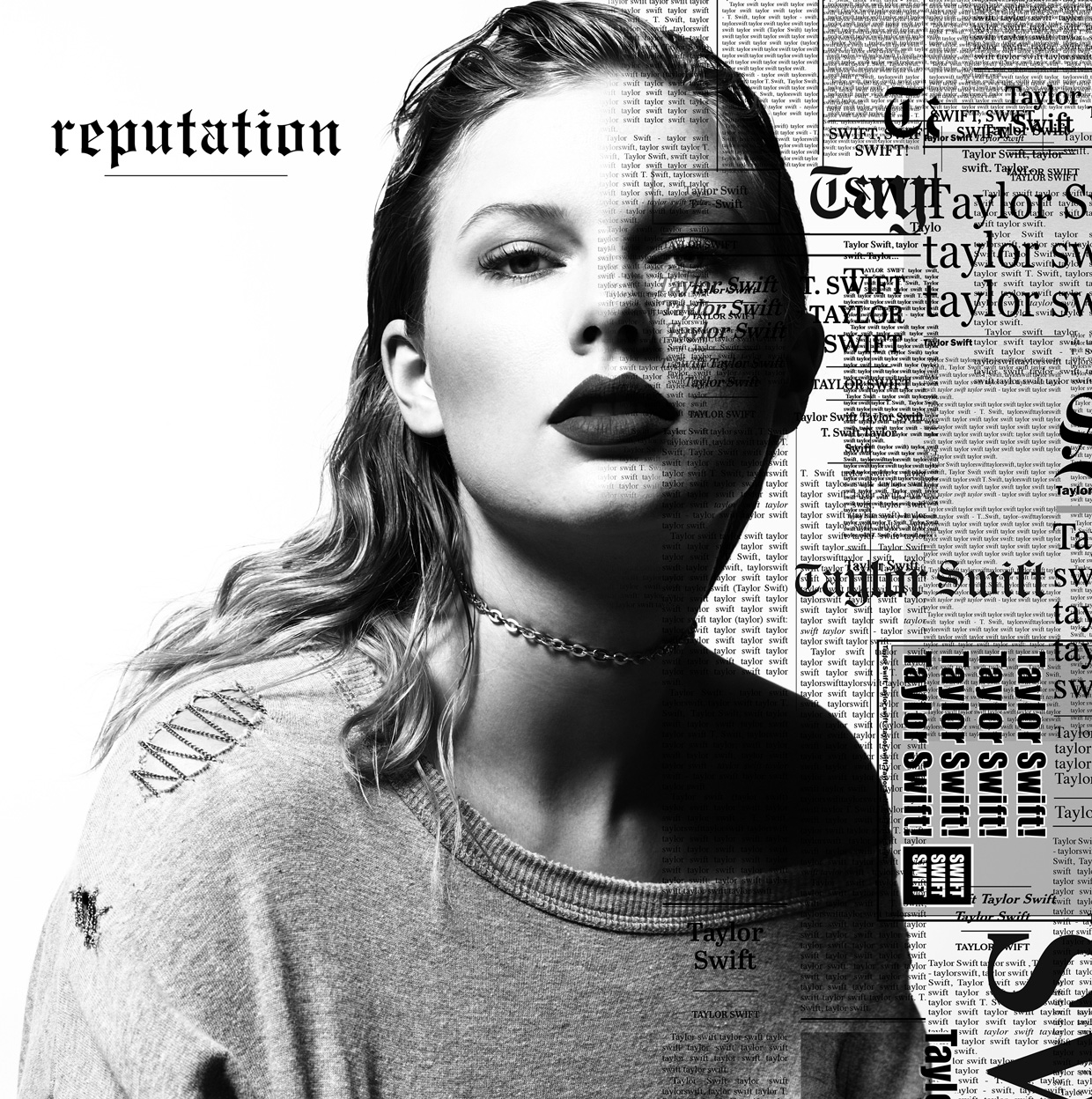Album review: ‘reputation’

(courtesy of Big Machine Records)
By Olivia Mazzucato
Nov. 11, 2017 4:49 p.m.
Taylor Swift’s “reputation” is more than just an album – it’s a story, and not the one listeners might expect.
In what may be her most deliberate album yet, Swift interweaves two stories: her fall from grace in the public eye and a complex, difficult love story. Each individual track serves as a piece of the puzzle, painting a portrait of the armor Swift has built to protect her relationship from the public scrutiny of her reputation.
As a result, “reputation” is characterized by two distinct musical styles – a darker, synthetic sound exemplified by prereleased singles such as “Look What You Made Me Do” and “…Ready for It?” and a more acoustic style that evokes the sounds of earlier albums but with more mature undertones. Although Swift’s newer music is grating at times, the stylistic transition through the course of the album underscores its narrative journey.
“reputation” is Swift’s first album in three years, and a lot has happened since her last major release, “1989.” Most notable was her makeup and subsequent fallout with Kanye West, a feud full of wild and inconsistent stories that ended with West’s wife Kim Kardashian branding Swift a “snake,” a title that Swift has taken in stride.
Swift has also been through three major relationships: her seemingly picture-perfect relationship with DJ Calvin Harris – which spiraled into chaos – her short-lived, highly public fling with actor Tom Hiddleston and her current, low-profile romance with actor Joe Alwyn. Her relationships are central to the story of “reputation” and serve as the context and fuel behind the songs.
The first half of the album is a marked departure from the sweeter, pop ballads of previous albums. Some of the songs, such as “Delicate” and “So It Goes…,” feature electropop love ballads, but they’re overly electronic and feel overproduced. The electronic vibes are out of place and are jarring, relative to Swift’s older work, although they do work well in other songs, such as “I Did Something Bad” and “Look What You Made Me Do.”
In the latter two songs, the electronic vibes are weaponized and match the defiant tone Swift takes; they feature a darker, EDM sound and embrace Swift’s troubled reputation. Lyrics from “I Did Something Bad” such as, “They’re burning all the witches, even if you aren’t one/ So light me up,” are direct references to the villain the media constantly casts Swift as, and show Swift taking on the public’s preconceived notions as a mantle rather than a curse.
The new electronic sound begins to fade through the second half of the album and gives way to the simpler, acoustic style that made Swift famous. It’s almost like peeling back the layers of armor to reveal the human beneath the “snake” that society sees.
“Getaway Car” accomplishes this humanization most effectively, detailing the fast-paced nature of a relationship that Swift knows will ultimately fail. The metaphor works well and paints a tragic picture of romance.
“reputation” also shatters the good-girl image Swift worked so hard to cultivate throughout her career. Swift owns her sexuality with songs like “Dress,” a sultry anthem about a dress she only bought for her lover to take off of her. The song is refreshing and honest, and that’s part of killing the “old Taylor” – the new Taylor isn’t afraid to be frank and shatter her illusion of so-called purity.
Swift’s newfound frankness is continued in “This Is Why We Can’t Have Nice Things,” easily the most fun track on the album, directed at West and Kardashian. Swift is at her best when she sardonically references specific details of the feud and finishes the song with a toast to her true friends. She begins to toast to forgiveness, but stops, laughing that she “can’t even say it with a straight face.” The nonchalant attitude is endearing and empowering, and it’s hard not to smile along with her.
The album ends with “New Year’s Day,” which stands out because of its bare-bones structure. While the album’s first track “…Ready for It?” is hard, full of electronic synth and percussion, “New Year’s Day” is as simple as it gets – just Swift’s voice and a piano. It’s a true love song, with Swift promising that she’ll be there for the midnight New Year’s Eve celebrations and the morning-after cleanups too. The song is the final piece of the puzzle, the aspect of Swift’s persona that she fights so hard to preserve and protect, and the simplicity of the music and message make the song unforgettable.
“reputation” draws its power from Swift’s narrative, the songs serving as a pieces of lyrical autobiography of falling from grace and falling in love. While her electropop is interesting, it’s a narrative device rather than a stylistic choice, and it’s clear that Swift hasn’t lost touch with her musical roots.
The old Taylor hasn’t gone anywhere – she’s just older and wiser.


